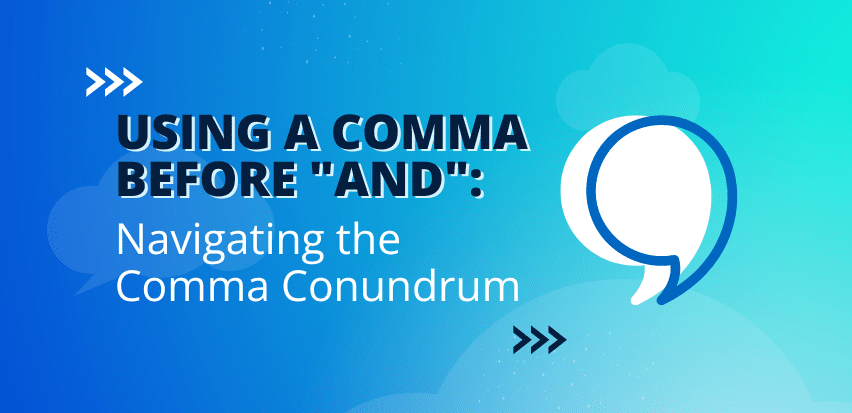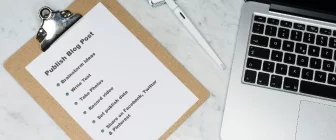
Key Takeaways:
- Understanding when to use a comma before “and” is crucial for clear and effective communication.
- The comma’s use with “and” revolves around the concepts of conjunctions, compound sentences, and the Oxford comma.
- Using a comma before “and” can prevent ambiguity and misinterpretation in lists and complex sentences.
- Some situations don’t require a comma before “and,” such as simple lists or contexts where clarity isn’t compromised.
- Different style guides have varying recommendations on this topic, reflecting the ongoing debate among writers and readers.
Hello, dear friend! Today, we’re going to delve into one of the most hotly debated issues in the realm of punctuation: when to use a comma before “and.” It’s like deciding whether pineapple belongs on pizza—everyone has an opinion. But fear not! We’ll break it down, slice by slice, to help you navigate this grammar goulash.
The ABCs of Conjunctions: More than Just a Fancy Word
Before we dive into commas, let’s have a quick refresher on conjunctions. Picture them as the glue that connects your sentence—they connect words, phrases, and clauses. And our star today, “and,” is one of these helpful little linkers.
The Oxford Comma: The Controversial Celebrity of Punctuation
Known as the Oxford comma (or serial comma), this little squiggle comes before “and” in a list of three or more items. For example, “I bought apples, oranges, and bananas.” That last comma is our famous Oxford comma. It’s like the third wheel on a date—it might feel unnecessary, but sometimes, it’s crucial for avoiding awkward misunderstandings.
The Advantages of the Comma Before “And”: The Clarity Champion
Using a comma before “and” can be like putting on glasses—you suddenly see everything. It helps distinguish individual items in a complex list and prevents readers from linking the last two things. For instance, compare “I dedicate this book to my parents, Oprah Winfrey and Nelson Mandela” with “I dedicate this book to my parents, Oprah Winfrey, and Nelson Mandela.” See the difference? That comma just saved you from erroneously claiming some very famous parents!
Situations Sans Comma: Sometimes, Less is More
Just like you wouldn’t wear sunglasses at night, there are situations where you don’t need a comma before “and.” Simple lists or conjunctions that don’t risk ambiguity can go comma-free. For example, “I bought apples and oranges” doesn’t need an Oxford comma as there’s no chance of confusion.
Compound Sentences and the Comma: The Dynamic Duo
When “and” joins two independent clauses (think of them as mini sentences), a comma usually precedes it. For instance, “I wanted to go for a walk, and I took my dog with me.” The comma is like a traffic cop, indicating a pause between the two separate but connected thoughts.
Common Pitfalls and Exceptions: Navigating the Grammar Minefield
Not every “and” needs a comma. Sometimes, adding or omitting the comma can change the meaning. For instance, “She likes cooking her family and her pets” paints a very different picture than “She likes cooking, her family, and her pets.” Be aware of potential ambiguities and tread carefully!
Style Guides and Their Stances: The Rulebooks of Writing
Different style guides, like APA, Chicago, MLA, and AP, have varied recommendations about our friend, the comma. Some advocate for its consistent use, while others prefer a more conservative approach. It’s like choosing between tea and coffee—each has its merits, and the choice often depends on personal or professional preference.
Public Perception and Trends: The Grammar Zeitgeist
Just as fashion trends change, so do punctuation norms. Some writers and readers passionately defend the Oxford comma, while others consider it superfluous. As language evolves, so does our usage and perception of punctuation. So, keep an open mind and a flexible pen (or keyboard)!
Wrapping Up the Comma Saga
Understanding when to use a comma before “and” isn’t just about following rules—it’s about ensuring your writing communicates precisely what you intend. Whether you’re team “comma always” or “comma sometimes,” remember that context is king. Stay adaptable, be mindful of your audience, and don’t be afraid to make informed choices based on your writing needs.
